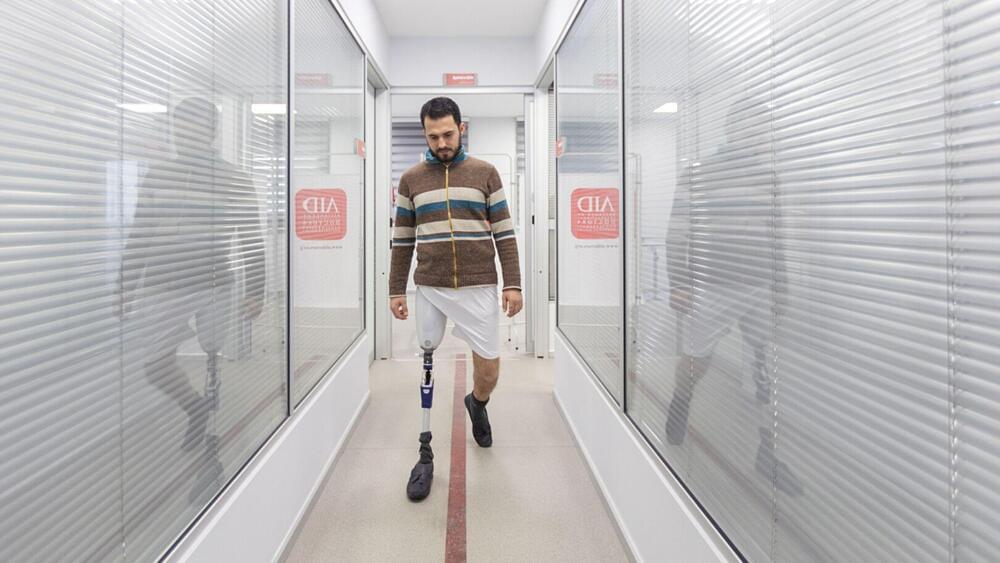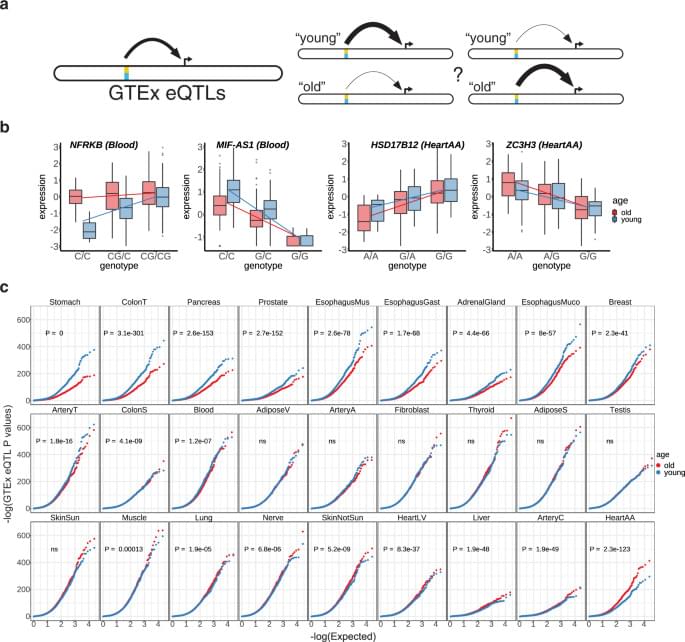
Get the latest international news and world events from around the world.






Woman Scammed ‘Russian Astronaut’ Who Claimed to Need Money to Return to Earth
A man claiming to be a Russian astronaut in space allegedly scammed a Japanese woman into paying for his return trip to Earth, vowing to marry her once he landed.
The man found the 65-year-old unnamed victim on Instagram in June. On his profile, he uploaded random photos of space and said he worked at the International Space Station, where astronauts have limited access to cell service.
Their relationship quickly escalated. On LINE, a Japanese messaging app, he repeatedly said he loved her and proposed marriage. He sent her messages like “I want to start my life in Japan” and “Saying this 1,000 times won’t be enough, but I’ll keep saying it. I love you,” news outlet TV Asahi reported.


